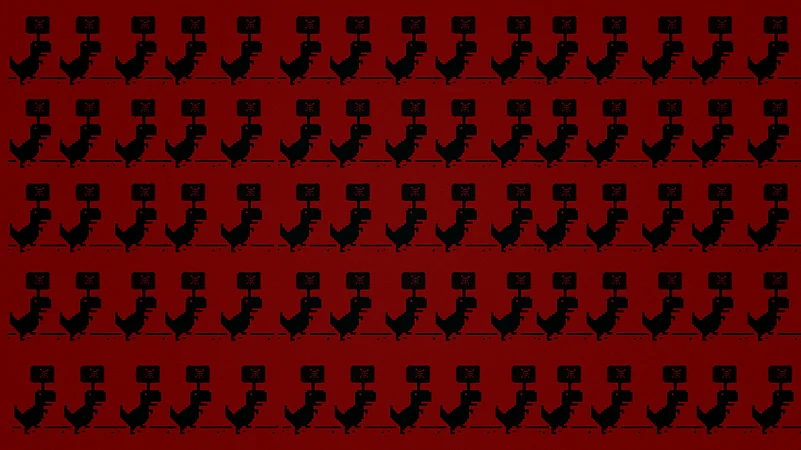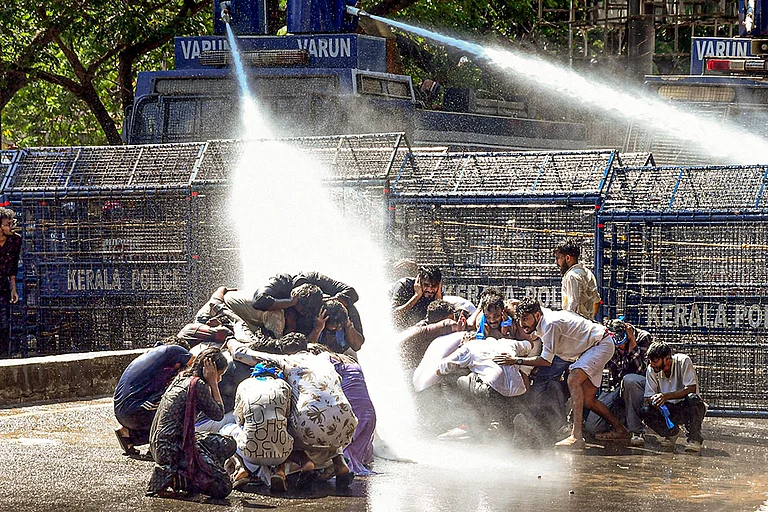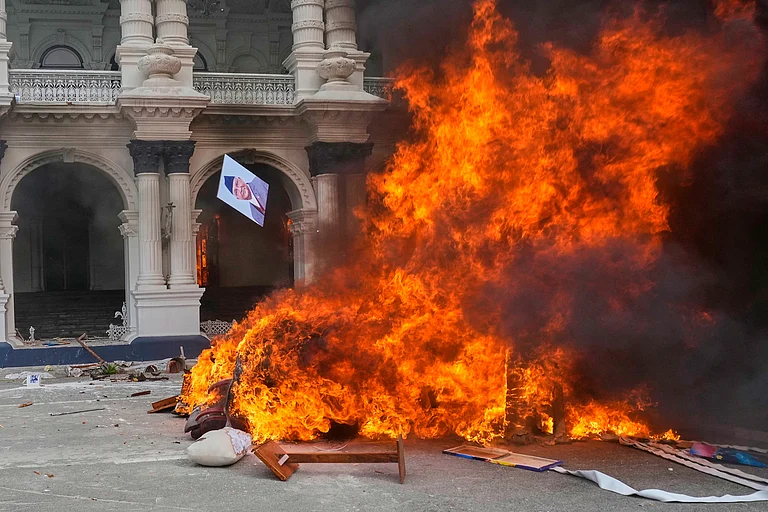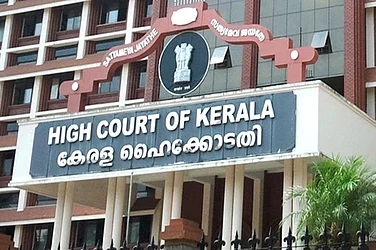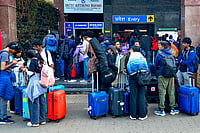
From #IndiaAgainstCorruption to Ladakh’s online campaigns, social media has become the new political street where silence or suppression is seen as betrayal by Gen Z.
India leads the world in internet shutdowns, but blanket restrictions—seen in Kashmir and post-Wangchuk arrest—only fuel anger, making the state appear unresponsive.
Ignoring online dissent or stifling it risks destabilising credibility, especially in sensitive regions like Ladakh. India must shift to a rights-based digital framework with transparency, restraint, and timely engagement.
Listen to the hashtags before they become hunger strikes.
Read the reels before they become riots.
Engage the youth before they become estranged.
When Nepal attempted to curb discontent by restricting social media―with the belief that it would stop the protest―it actually kindled a fuse. Dissent erupted out of cyberspace and onto the streets, leaving the state machinery broken. In Ladakh, the same error is being repeated, but in a different way. Young citizens voiced discomfort for months, demanding protection of their delicate environment and constitutional safeguards. Their understandable outrage was ignored.
Both cases reflect an underlying dynamics of today’s politics: crises will be stoked by either ignoring digital expression or by putting restrictions on them. Both strategies end up with the same result: clashes.
The Digital Streets Of Indian Democracy
Indian democracy today lives as much on screens as on streets. From JAYS, a tribal rights movement born online, to NaMo, the Prime Minister’s own app, politics no longer unfolds only in Parliament or at rallies. The shift became undeniable in 2011, when India Against Corruption rode Facebook groups and Twitter hashtags far beyond Ramlila Maidan. In 2014, Narendra Modi’s campaign sharpened the lesson by turning #AbKiBaarModiSarkar and #AcheDin into digital slogans that reached every tongue.
Since then, social media has amplified every cause, from #MeTooIndia and #PinjraTod challenging misogyny to #DalitLivesMatter giving voice to the marginalised, and “All Eyes on HCU” spotlighting forest destruction. Even the judiciary has been shaped by public outrage―from the recognition of the Right to Privacy in 2017 to the backlash over judgements on stray dogs.
If earlier movements showed how digital platforms could spark national conversations, Ladakh’s ongoing unrest showed the double-edged power of digital streets. For months, local youth used hashtags, reels, and online campaigns to flag their concerns demanding autonomy, protection for their fragile ecosystems, and constitutional safeguards. Their visible discomfort was there for all to see online, yet it was treated as background noise. When ignored, that energy transformed into mass protests on the ground, pulling thousands into demonstrations and making Ladakh a flashpoint in national politics.
This reality is sharpened by the character of Gen Z. They are the generation of 30-second reel, not a three-hour film. Their issues require immediate engagement. Silence over an extended period of time is not interpreted as patience; rather, it is seen as betrayal.
Ram Manohar Lohia once warned that “agar sadke suni ho jayengi to sansad awara ho jayegi” meaning that if streets fall silent, Parliament will go astray. Those streets have found their parallel in social media in this modern era. Viral content, hashtags, and social campaigns are today’s versions of marches and sit-ins, transmitting the substance of popular protest straight to the seats of power.
India’s Shrinking Digital Space
Despite these lessons, India tops the world in shutting down the internet. In 2023, its shutdowns represented 41 per cent of worldwide suspensions, including the 213-day shutdown of Jammu & Kashmir, the longest of its kind in a democracy. In 2024, the nation saw 84 shutdowns, almost a third of the world’s total.
State powers are tremendous. Section 69A of the IT Act and the Blocking Rules of 2009 also authorise the government to instruct platforms to remove content. With the Sahyog platform launched in 2024, district administrators and police personnel may ask for deletions. For example, URLs of hundreds vanished after the government issued orders against Meta and Google following the Kumbh stampede.
Most recently, the internet shutdown following activist Sonam Wangchuk’s arrest again showed how the state falls back on restrictions rather than engagement. What is meant to curb mobilisation will only deepen resentment, reinforcing the image of an unresponsive state.
The judiciary has tried to draw limits. In Anuradha Bhasin v. Union of India (2020), the Supreme Court recognised internet access as essential to free expression, insisting that shutdowns must be necessary, proportionate, and temporary. But practice lags behind principle. Orders remain vague, blockages unexplained, and platforms largely submissive to state pressure.
A Choice Before India
Nepal and Ladakh are two versions of the same mistake. Restriction backfired in Nepal, ignorance backfired in Ladakh. Both of them drove youth towards confrontation. India, with half its population aged below 25, cannot afford either.
For a moment, let us provisionally concede the government’s assertion that the youth of Ladakh were “provoked”. The deeper questions that arise are: what factors contributed to their heightened susceptibility to provocation initially? Why did extended periods of apparent discontent and agitation expressed remain unaddressed? When indicators of distress are overlooked, the occurrence of provocation becomes inevitable. Accusing external triggers, while not confronting inward neglect, only passes the buck, but does not bring about a solution.
The government needs to be particularly cautious about the treatment of Ladakh not only because of the anger from the youth, but also because Ladakh is a highly sensitive border state, wherein agitation threatens to spill over into broader security issues.
India’s choice is stark: Continue the pattern of blanket shutdowns and disregardful the politics of ignorance, and risk igniting eruptions that destabilise state credibility or move towards a rights-based digital framework that treat shutdowns as the exception, mandates openness in takedown orders, and addresses the youth’s concerns with prompt actions, instead of the old sarkari slumber.
(Views expressed are personal)
(Yadav is a Millennium Fellow and student at the Gujarat National Law University, Gandhinagar, and Singh is a student at the Gujarat National Law University, Gandhinagar)






